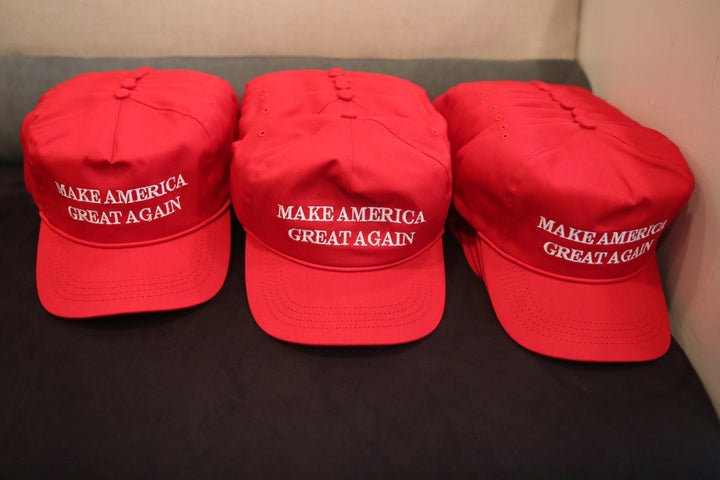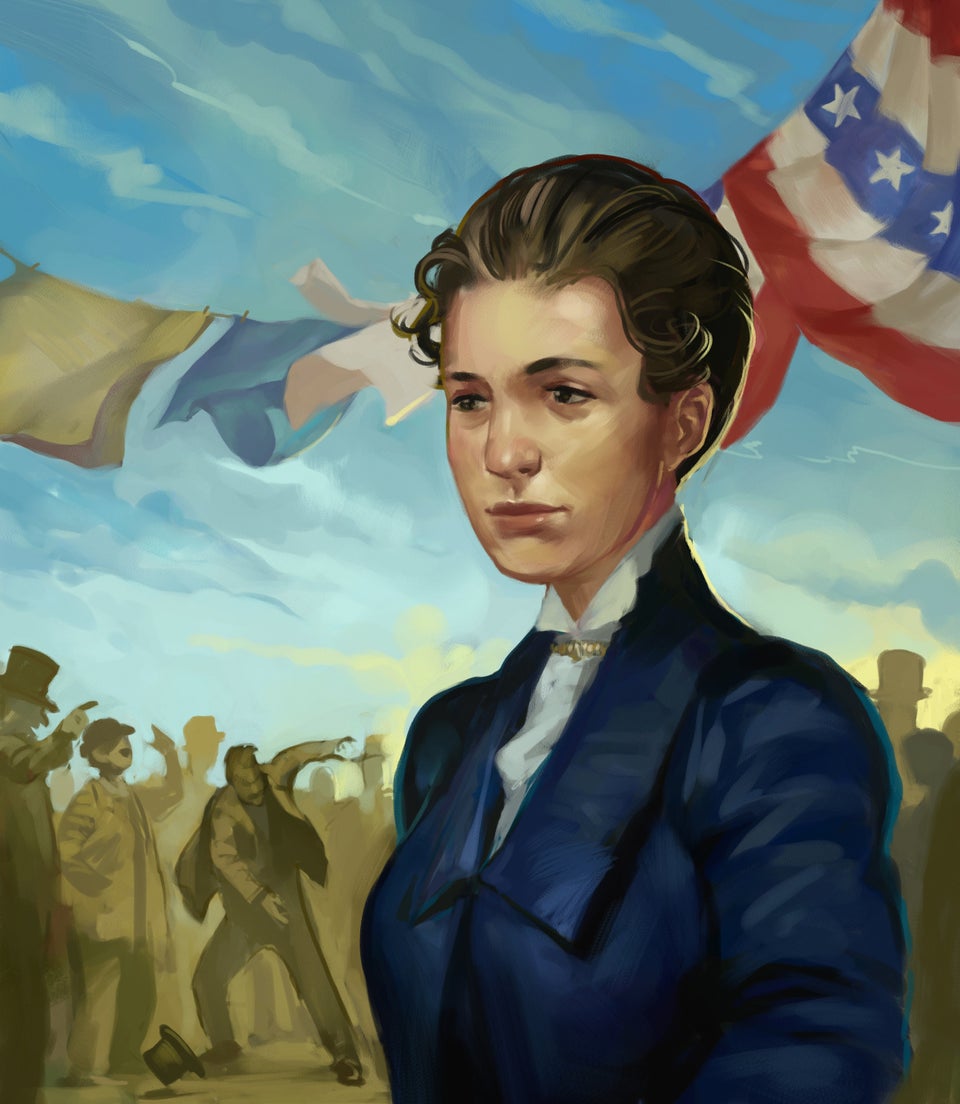
President-elect Donald Trump’s pledge to “Make America Great Again” has led more than one news outlet to ask him when, exactly, does he think that things in America were last “great.” His answer: in the years after World War II. Since a few of us were around in that era, here are just a few things we recall ― and frankly, we’re struggling to see greatness in any of them.
1. Gays were closeted.
In the 1950s, gays didn’t exist. Well, of course they existed but mainstream culture pretended otherwise. It could do that way back then. In the 1950s, your family could still involuntarily have you committed, so few gays wanted to risk leaving the closet for fear of entering an asylum.
Nebraska Congressman Arthur L. Miller, a Republican who served eight terms after his election in 1942, pretty much epitomized things in a hearing held in 1950, during which he cautioned in the strongest terms possible how homosexuals had “infiltrated” the U.S. government. He called them “perverts,” who “cannot control their urges.” Nor could they be trusted to be loyal to America. In 1953, President Dwight D. Eisenhower declared homosexuals a threat to national security and ordered the immediate firing of every gay man and lesbian working for the U.S. government.
And then, of course, there were the attempted “cures.” Before the American Psychiatric Association (APA) declassified homosexuality as a mental disorder in 1973, aversion therapy was used routinely “in hopes that it would prevent or eliminate homosexual behaviors.”
“Transgender” wasn’t even a term used in the 1950s. Christine Jorgensen made headlines when she went from being the epitome of a macho US serviceman to a blonde bombshell, the symbol of 1950s white feminine sexuality.
None of which is to say there wasn’t a gay underground, working hard to protect and keep people safe. Early gay and lesbian rights organizations like the Mattachine Society and the Daughters of Bilitis began in the early 1950s. But without a doubt, 1950s America was one of the most conservative periods in the 20th century.
Which brings us to today. Vice President-elect Mike Pence insists that being gay is “a choice” and believes that keeping gays from marrying is not discrimination, but an enforcement of “God’s idea.”
So let’s just put it out there: Nothing great about any of this.
2. Women were corseted.
Women lived under the rule of men. While many women stepped up while their men were away at war, by the time World War II ended, only 10 percent of married women with children under the age of six held jobs outside the home. Their jobs, according to the spin of the day, was to stay home with the children and keep house for their husbands. In 1950, just 33.9 percent of women participated in the work force. In 1998, that number was up to 59.8 percent, says the Bureau of Labor Statistics.
And sure, they had the vote, but that was pretty much the extent of their parity with men: Working women were paid much less than men and were largely regarded as submissive and inferior beings. Just 1.2 percent of women went to college in the 1950s and throughout the decade, the joke was that they were there to get their “MRS” degree.
Things, of course, changed radically in the 1960s. The women’s liberation movement took hold and the pill gave women the freedom to have sex without fear of unwanted pregnancies. By the late 1960s, women were vocal in their demands and began speaking out against harassment, sexual assault, gender bias and of course, pay. They fought for ― and earned ― the right to decide what happens to their own bodies.
President-elect Trump sees things a bit differently. He has been accused of ― and bragged about ― sexually assaulting women. Throughout the campaign, he demeaned them and assessed their value based on their appearance and how willing he’d be to have sex with them.
Now just how great would it be to return to an era where women were treated the way they were in the 1950s? Yeah, pretty ungreat alright.
3. And blacks were still being sent to the back of the bus.
Separate but equal has always been, in practice, a flawed concept. The equal never quite measured up to the separate. The law required that public schools, public places and public transportation, like trains and buses, have separate facilities for whites and blacks. It wasn’t until 1954 that the SCOTUS declared state-sponsored school segregation to be unconstitutional.
Fighting for civil rights was never easy. But as the election results indicate, even harder was getting people to own up to their white privilege or believe that police harassment of blacks is real.
But in the 1950s, things were unquestionably worse. The schools that black youths attended were often poorly run and failing apart. The health care black citizens received was often way below the standard offered in white areas. The infant mortality rate in central Harlem was three times higher than that of white areas. More than 50 percent of all African Americans living in New York City during the mid 1950s had incomes of less than $4,000 a year compared to just 20 percent of whites. Black unemployment was more than double that of whites, and when they could find jobs, blacks earned half of what white workers earned.
A return to that? As a nation we pretty much never left. At best, we were barely ending those things when the 2016 election came along. The wage gap between blacks and whites was the worst it’s been in 40 years, said the Economic Policy Institute.
Last year, the hourly pay gap between blacks and whites widened to 26.7 percent. Whites earned an average of $25.22 an hour compared to $18.49 for blacks, the EPI found. The EPI said the gap has little to do with access to education and much more to do with “discrimination ... and growing earnings inequality in general.”
But sure, the 1950s were just great. For some.

